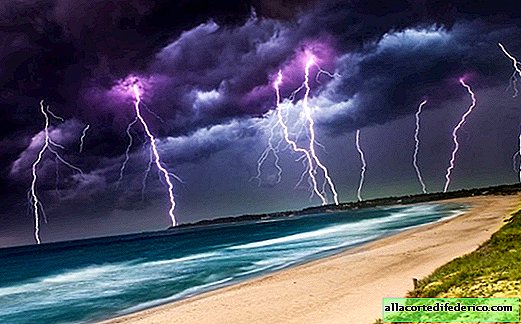Just 250 years ago, giant elephant birds inhabited Madagascar
Ostriches are the largest of the living birds. But our ancestors found larger representatives of birds that lived on the territory of the island of Madagascar only 300 years ago. For their grandiose size and incredibly powerful legs, these birds got a second name - elephant birds, and their well-preserved huge fossilized eggs are still found by scientists.

Epiornis, or elephant birds, belonged to a separate order, although they have many common features with modern ostriches. Madagascar epiornisis were simply huge birds, their growth reached 3 meters or more, and their weight could reach up to 500 kilograms. For comparison: the weight of ostriches, the largest birds on the planet, reaches 150 kilograms. Like ostriches, these birds did not know how to fly and had powerful high legs.
Epiornis eggs are simply amazing for their size. More than 30 centimeters in length, they had a volume of 8-9 liters. The eggs of modern ostriches are much smaller, only 15-20 centimeters in length. Well-preserved epiornis eggs are still found in Madagascar, and they are exhibited in many paleontological museums around the world.

The oldest fossils of Madagascar epiornis are dated by the scholars of the Pleistocene. Due to relative isolation, the epiornises that lived on the island of Madagascar managed to survive until the 17th-18th centuries. The European colonizers of Madagascar mention encounters with huge birds resembling ostriches in remote parts of the island. Despite their enormous size, the epiornis were very vulnerable. They did not know how to fly and served as easy prey for skillful hunters, and their huge eggs, capable of feeding a whole family, were always a good find. Therefore, they suffered the fate of many large animals of our planet - they were completely destroyed by man. But, perhaps, thanks to the achievements of geneticists, mankind will be able to correct some of its mistakes and restore exterminated animals from preserved DNA fragments.


















